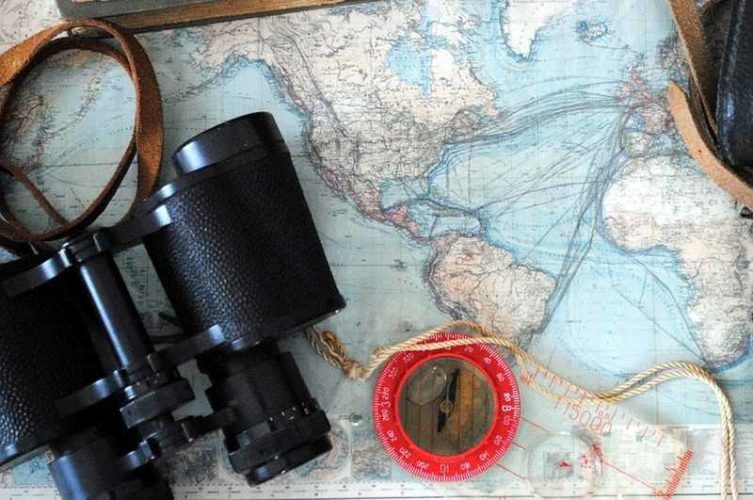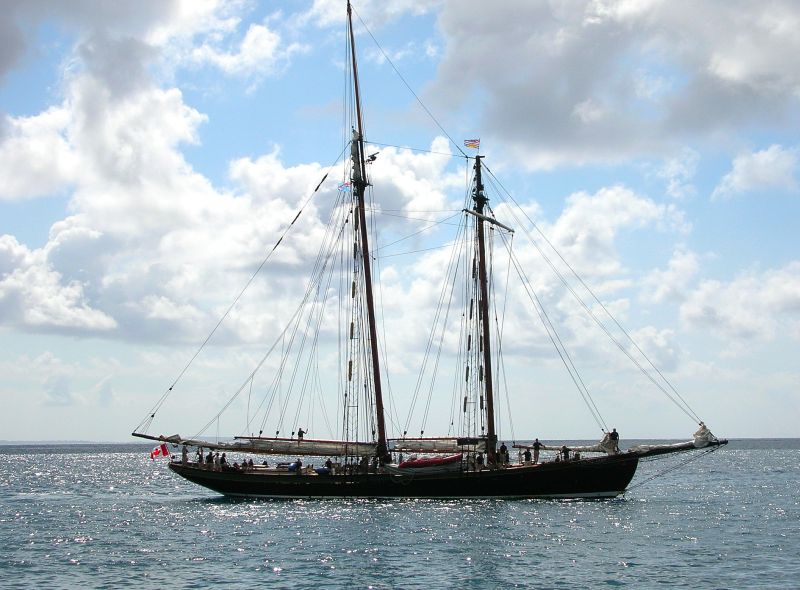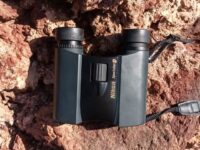Any boat or ship has a pair of good marine binoculars on board, it’s a piece of standard equipment when sailing out on the ocean. Every sailor or captain will use binoculars regularly, be it for spotting obstacles, other ship traffic, navigating through buoys, during search and rescue missions, or observing marine life.
Let’s look at the most important criteria for binoculars to help you find the best marine binoculars.
Features of the best marine binoculars?
Magnification
7×50 binoculars are pretty much the standard among handheld marine binoculars. With a 7x magnification, binoculars have a relatively large field of view, which is excellent for scanning the water surface and the surrounding area for obstacles or other shipping traffic.
The large aperture of 50mm collects enough light to provide a bright enough image in low light or misty foggy conditions.
Higher magnification binoculars may be used for getting a better view of objects in detail but could become difficult to hold steady when seas are getting rough.
Image stabilization
Some marine binoculars have integrated sensors built-in to detect slight movements such as shakes and vibrations caused by hand movements. For a steady view, this technology adjusts the optics to compensate for movement, however, in very rough seas, the image stabilization might get to its limits.
Rubber Armour
For a secure grip, a rubber coating is very practical. This helps prevent the binoculars from slipping out of wet hands when seas get rough. It provides also shock protection when dropped or when hanging binoculars sway back and forth.
Water-resistant and waterproof
Marine binoculars must be waterproof. They should be rubber-coated for grip, and O-ring sealed and gas purged to make sure water stays out. Gas purging, usually with Nitrogen or Argon, prevents also fogging of interior surfaces when the binoculars are exposed to strong temperature fluctuations.
Floating
A useful feature is the buoyancy of the binoculars. While most marine binoculars would not displace enough water to float by themselves, some are equipped with floating straps to add extra buoyancy. This feature can be useful when children are on board or when on small vessels, sailing boats, catamaran or a rowing punt.

Compass
Even in the age of GPS, analog viewing devices are still very important. Decent marine binoculars should have an integrated compass. Some models have also built-in lighting for the compass.
Carrying straps
A carrying strap is essential for any marine binoculars to have. Seas can get rough and choppy and one may need to hold onto something for support. A strap is also useful to have the binoculars always ready, especially when the binoculars are used on the water for whale watching or search and rescue activities.
Overview Popular Marine Binoculars
No products found.
Quality Binoculars are worth it!
Getting a good pair of marine binoculars is also a question of safety. When far out at sea, binoculars must be reliable and robust, life can depend on binoculars. Be it in a search and rescue situation or when navigating treacherous waters with obstacles or reefs.
High-quality binoculars may not come very cheap, but to save a dollar here may not pay off. Plus everybody who has ever used a premium pair of binoculars appreciates their superior viewing experience. Rely on well-known brands when purchasing binoculars for sailing or marine.

